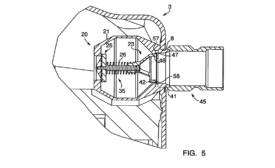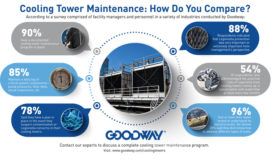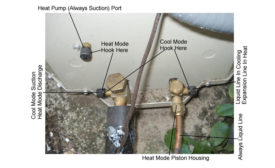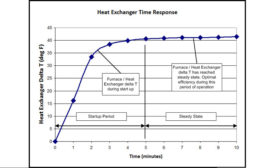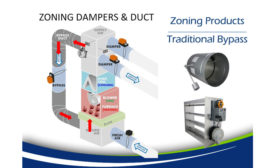Technical
Seven Design Changes That Reduce Refrigerant Charge
Soaring prices and uncertainty about supply have made this a priority
Read More
The Difference a Pitot Tube Can Make — Part 1
Robust design results in near-zero maintenance
Read More
Brewery Cheers New Efficient Boiler System
Brewery implements low-pressure steam heating system and Weil-McLain boiler
March 4, 2019
Smart Thermostats Are Not Enough to Bring Residential HVAC Into the 21st Century
Available products still cannot affect air distribution across a building to adjust for hot or cold spots
Read More
Copyright ©2025. All Rights Reserved BNP Media.
Design, CMS, Hosting & Web Development :: ePublishing







